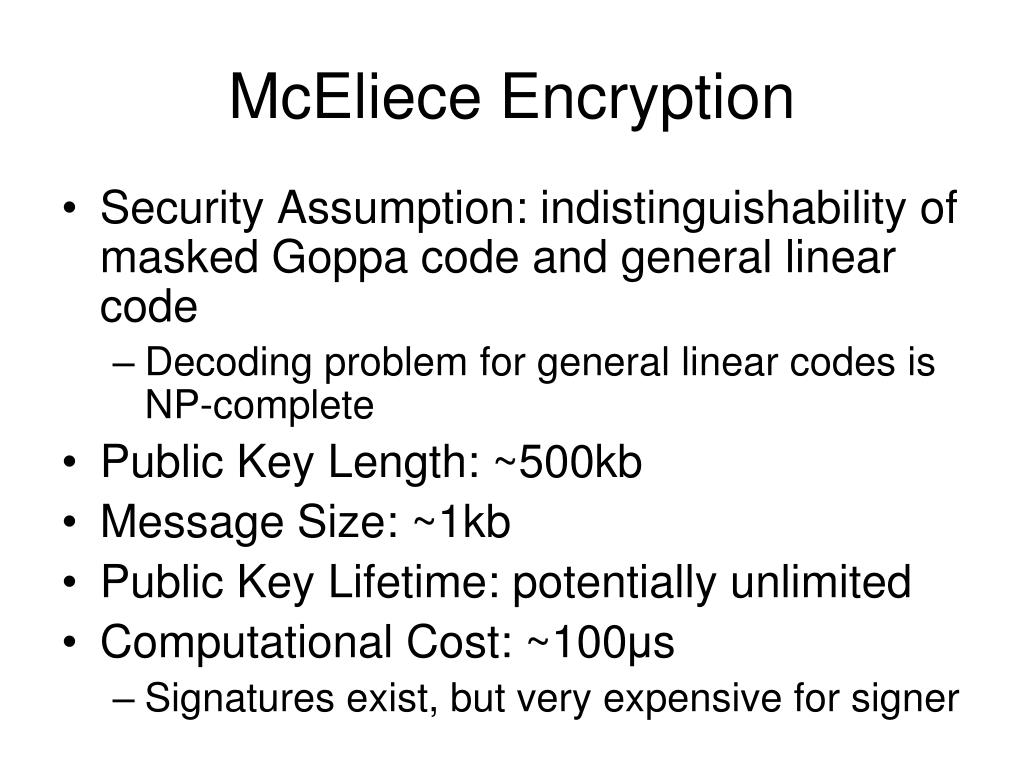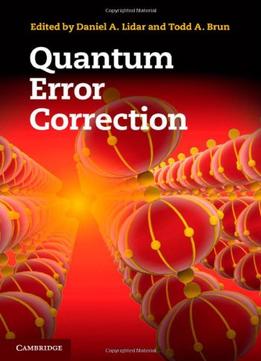

The Danish team and its Belgian and German colleagues have implemented an error correcting code that provides resistance to errors in the handling, transmission or storage of quanta of information. We actually use error correcting codes every day without knowing it ! CDs and DVDs use this technique to enable a reading that is relatively insensitive to small imperfections on the disk surface such as scratches, smudges or dust. The article by Mikael Lassen and collaborators, which appears in Nature Photonics, reports on an important future component for quantum information technology, namely a quantum error correcting code. Quantum physics prevails at the microscopic scale, so that quantum computers, which would exploit information quanta at this scale, are some of the most awaited applications of this new information technology.

The ultimate stage of this development is expected to reply on the manipulation of quantum bits, analogous to bits - the computer's 0 and 1's - but at the level of atoms and photons, which are the elementary constituents of matter and light. The computers of the future, currently developed in many laboratories worldwide, will use increasingly miniaturized components.

This work, resulting from an international collaboration with the teams of Gerd Leuchs at the Max Planck Institute for the Science of Light in Erlangen, Germany, and of Nicolas Cerf at Université Libre de Bruxelles, Belgium, offers the prospects to enable tomorrow's information technologies based on quanta. The magazine Nature Photonics publishes in this week issue an article about the successful demonstration of a quantum error correcting code by the laboratory of Ulrik Andersen at the Technical University of Copenhagen, Denmark. Publication in Nature Photonics: European researchers report a quantum error correcting code


 0 kommentar(er)
0 kommentar(er)
